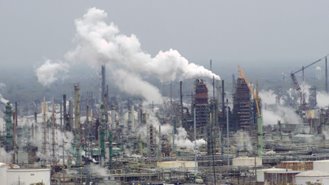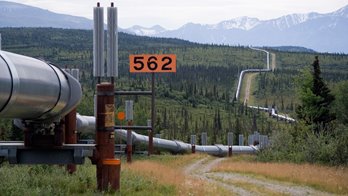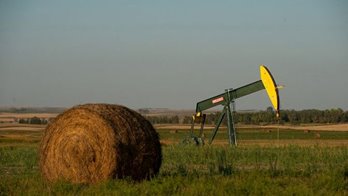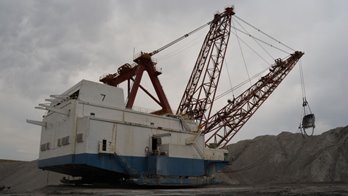Top 5 States for Per Capita Carbon Dioxide Emissions
Top 5 States for Per Capita Carbon Dioxide Emissions
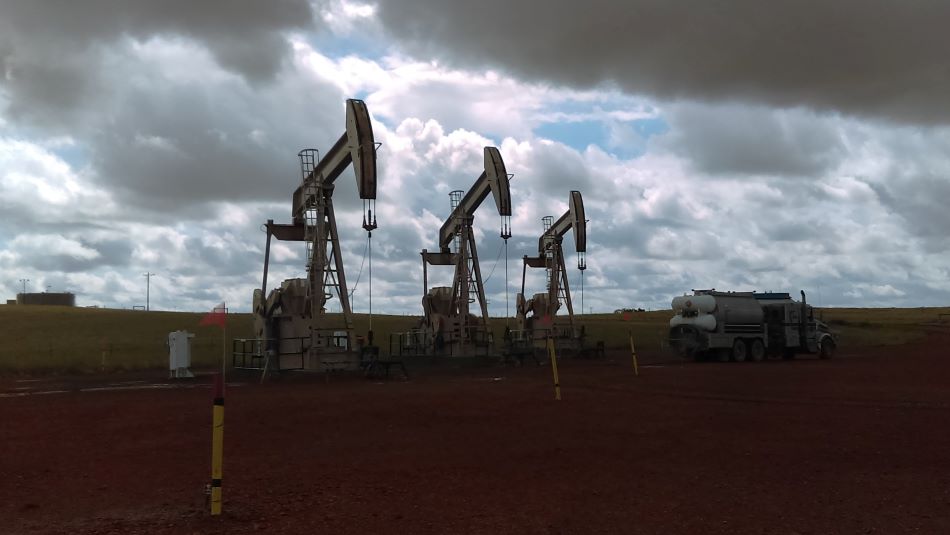

Everyone is responsible for emitting some greenhouse gases, but people in these states produce the most on average.
The past summer of floods and fires has placed climate change—and the role of greenhouse gas emissions—in the forefront of many people’s minds. Some of the most ambitious goals call for the elimination of power sector carbon emissions in the U.S. by 2035 and plan for the elimination of gasoline-powered automobiles by or before 2040.
Those sorts of actions are easier to accomplish in some parts of the United States than in others. Carbon dioxide emissions in the U.S. were 14.8 metric tons per person in 2021, according to data from the U.S. Energy Information Administration (EIA), one of the many parts of the federal government that tracks emissions. But per capita emissions varied widely by state. New York, Massachusetts, California, Maryland, and Vermont all emitted fewer than 9 metric tons per person. Those places had the advantage of either being highly urbanized with access to mass transit—or have access to hydropower and other renewables, in the case of Vermont.
Check Out ASME's Action on Climate Change
The states on the other end of the table have one thing in common: a dominant fossil fuels industry. Here are the five states with the largest energy-related carbon dioxide emissions, according to the EIA.
For the full list of carbon emissions by state, check out the data from the EIA.
Jeffrey Winters is editor in chief of Mechanical Engineering magazine.
Those sorts of actions are easier to accomplish in some parts of the United States than in others. Carbon dioxide emissions in the U.S. were 14.8 metric tons per person in 2021, according to data from the U.S. Energy Information Administration (EIA), one of the many parts of the federal government that tracks emissions. But per capita emissions varied widely by state. New York, Massachusetts, California, Maryland, and Vermont all emitted fewer than 9 metric tons per person. Those places had the advantage of either being highly urbanized with access to mass transit—or have access to hydropower and other renewables, in the case of Vermont.
Check Out ASME's Action on Climate Change
The states on the other end of the table have one thing in common: a dominant fossil fuels industry. Here are the five states with the largest energy-related carbon dioxide emissions, according to the EIA.
5: Louisiana
The Bayou State is known for more than its Cajun food. Oil and gas deposits in the Gulf of Mexico are offshore jobsites for workers in the state’s large petroleum industry. And pipelines bring those fuels to shore to support giant refining and petrochemical operations. The image at left shows the Exxon Mobil Refinery in Baton Rouge as viewed from the top of the state capitol. All told, the state emits 41.1 metric tons of CO2 per person.4: West Virginia
Coal is the dominant energy industry in West Virginia, both in mining as well as its use in thermal power plants. Coal power supplies 91 percent of the state’s electricity and the excess electricity is exported to nearby states. The exploitation of Appalachian shale gas has diversified West Virginia’s energy sector a bit, but has also added to its carbon footprint. According to the EIA, per capita CO2 emissions are 49.8 metric tons per West Virginian.3: Alaska
Alaska would have large emissions due to its enormous area—some towns are only accessible via gas-guzzling small aircraft—and to its brutally cold winters. But the North Slope oil fields that were tapped starting in the 1970s contribute to the state’s carbon footprint. The state has five refineries in operation and is a major refueling stop for jet aircraft—both military and commercial—flying between Asia and the continental United States. Add it all together, and each Alaskan averages 53 metric tons of carbon dioxide emissions per year.2: North Dakota
In many ways, North Dakota is similar to Alaska—sparse population, cold winters, large oil reserves—so it makes sense that it would have similar per capita carbon emissions. But because the wide-open spaces of the northern Great Plains lend themselves to long-distance car travel, per capita oil use due to road transportation is very high. Also, one in six North Dakotans rely on fuel oil or other petroleum products for home heating. All told, the state’s per capita carbon dioxide emissions are 72.6 metric tons per year.1: Wyoming
The least populated state has the highest CO2 emissions, which makes sense when you compare Wyoming to the rest of this list. The state produces more coal than West Virginia and relies on coal power for 71 percent of its electricity. There are major oil and gas reserves. It faces weather extremes and has long stretches between towns like North Dakota. In fact, Wyoming drivers use the most gasoline per capita of any Americans, according to the EIA. Add it all together and Wyoming produces 93.9 metric tons per capita each year.For the full list of carbon emissions by state, check out the data from the EIA.
Jeffrey Winters is editor in chief of Mechanical Engineering magazine.


